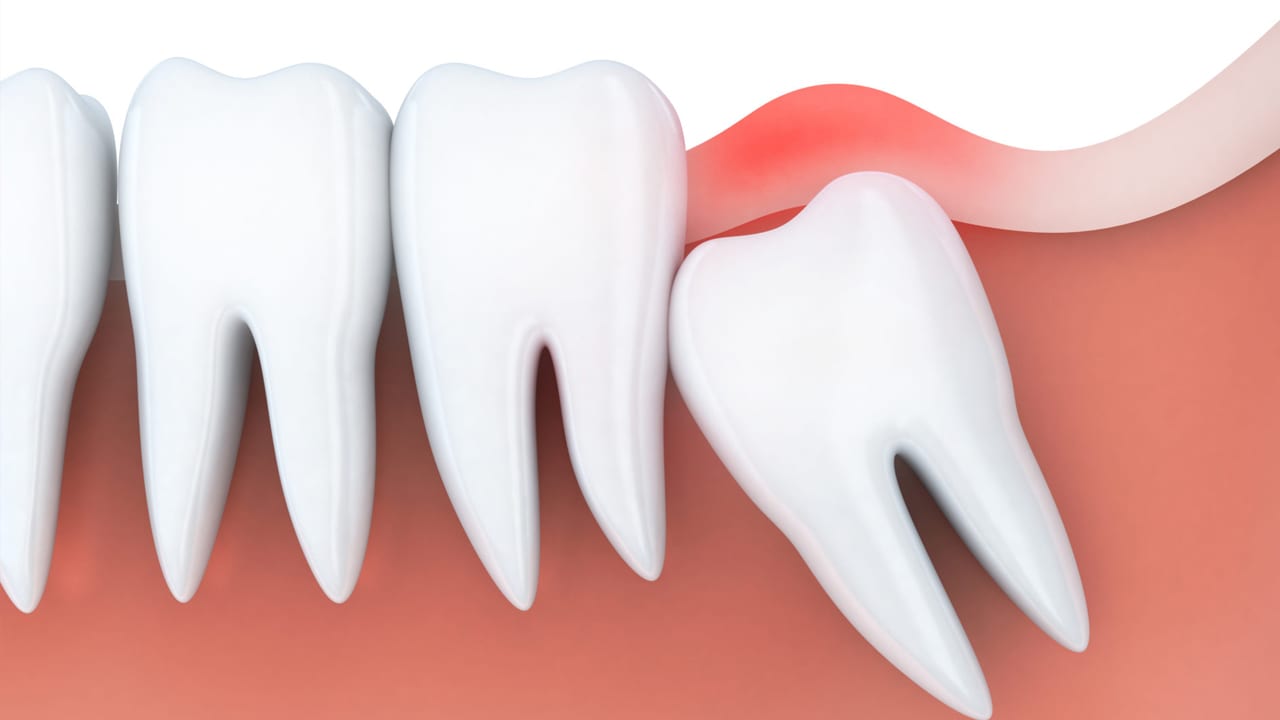
What is tooth extraction?
With the development of science and technology in dentistry, the priority is to treat and keep the tooth in its natural state in the mouth. Tooth extraction is the process of removing the tooth from its socket in the bone. Generally, in cases where treatment is not possible, tooth extraction is applied.
What is wisdom tooth?
Wisdom teeth are usually expected to last between the ages of 17-26; they are the third largest molars.
Must wisdom tooth be extracted always?
If your wisdom teeth are in the correct position, it is not necessary to extract, but if necessary, it can be extracted in order to gain space in orthodontic treatment.
What is impacted tooth extraction?
Impacted tooth extraction usually occurs due to the problem with the wisdom tooth. The first people needed different teeth because of the different feeding conditions, but in time our food had become easy to consume, soft and tender, and our jaws became smaller and there was no need for the wisdom teeth. As our jaws become smaller, wisdom teeth are forced to find a place for themselves and do not come out like other teeth. Wisdom teeth, which cannot find a place, applies pressure to the front tooth. This pressure also causes collision. Being too far behind prevents the gum surrounding to be of normal anatomical structure and makes it easily inflamed.
What is the difference between impacted tooth extraction and tooth extraction?
Impacted tooth extraction is usually the process of removing a wisdom teeth by surgical intervention under the skin, while tooth extraction is the process of removing teeth that are apparently damaged and incurable.
Which department deals with tooth extraction?
Oral, dental and maxillofacial surgery, which is one of the dentistry departments, performs the tooth extraction and embedded tooth extraction.
Why is tooth extraction needed?
- Teeth with advanced caries that cannot be recovered.
- Traumatized, broken teeth
- Teeth that failed to recover with root canal treatment.
- Teeth swinging due to gum disease.
- Milk teeth that do not fall when they should fall.
- Fully embedded or semi-embedded teeth.
- Teeth causing cysts or tumors.
- Teeth causing problems due to excessive position change.
- In order to provide orthodontic treatment, it may be necessary to extract a tooth while it is smooth to save space in the jaw.
Is it painful?
Tooth extraction is performed under anesthesia and you will not feel any pain during this period, but you may have minor pain after treatment. The pain is at a level that can be controlled with painkillers.
Does swelling occur after the extraction?
The formation of swelling varies depending on the position of the tooth in the cheek edema and from person to person. In order to prevent swelling, cold buffer should be applied to the cheek area for the first 24 hours. Slight swelling in the area is normal and necessary for healing.
How does tooth extraction happen?
Even though most of us fear tooth extraction, it is actually a very simple procedure performed under local anesthesia. First, the dentist performs the examination of the patient for general health and dental health; examines the bone shape, length, position and soft tissue conditions of the tooth and its surrounding with x-ray film and completes the definitive diagnosis according to the situation. After the body part is anesthetized by local anesthesia with a simple surgical intervention, the tooth is loosened with the aid of an elevator and extracted with a dental chair. Depending on the condition of the case, it may be necessary to shape the bone.




